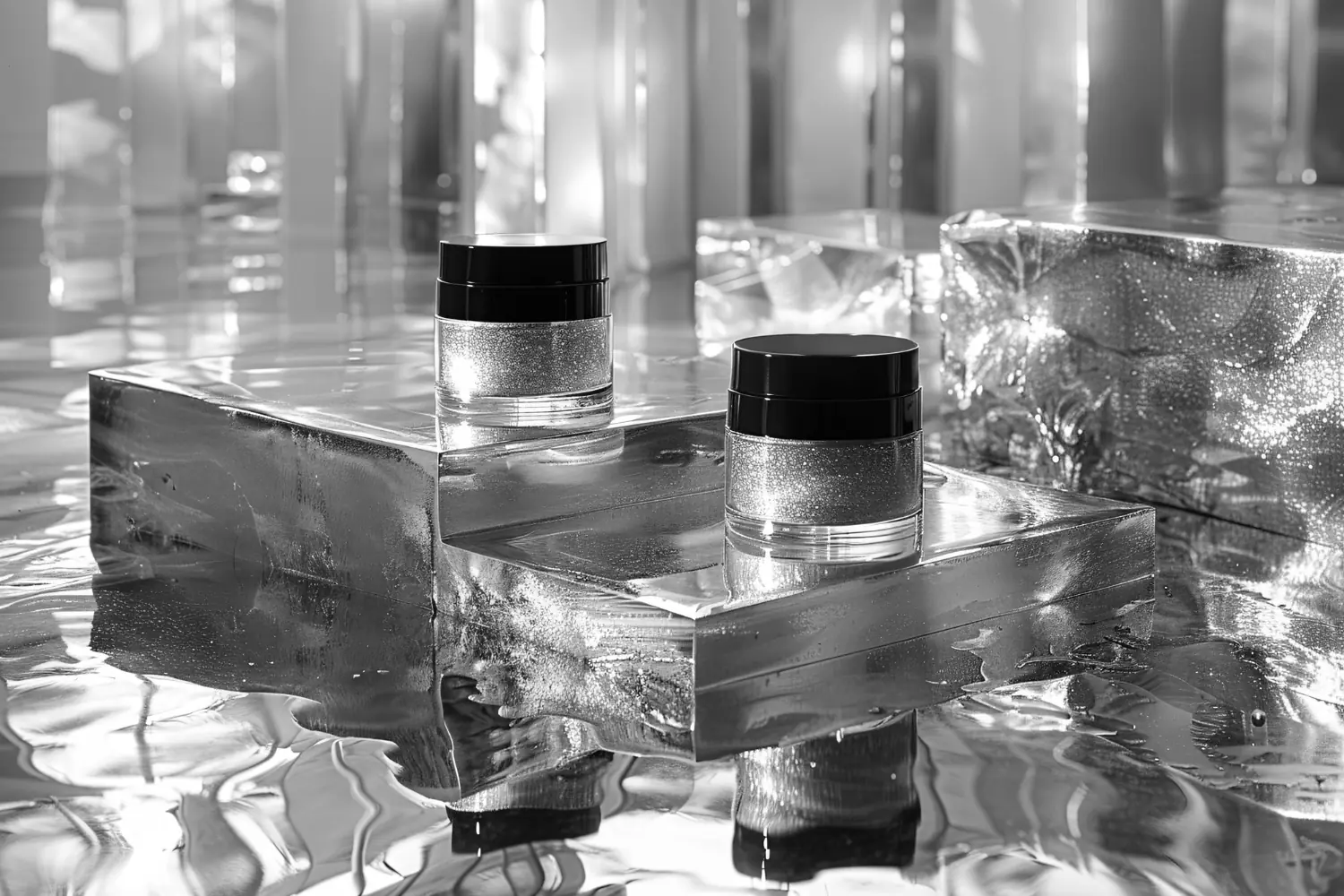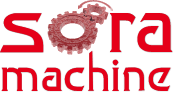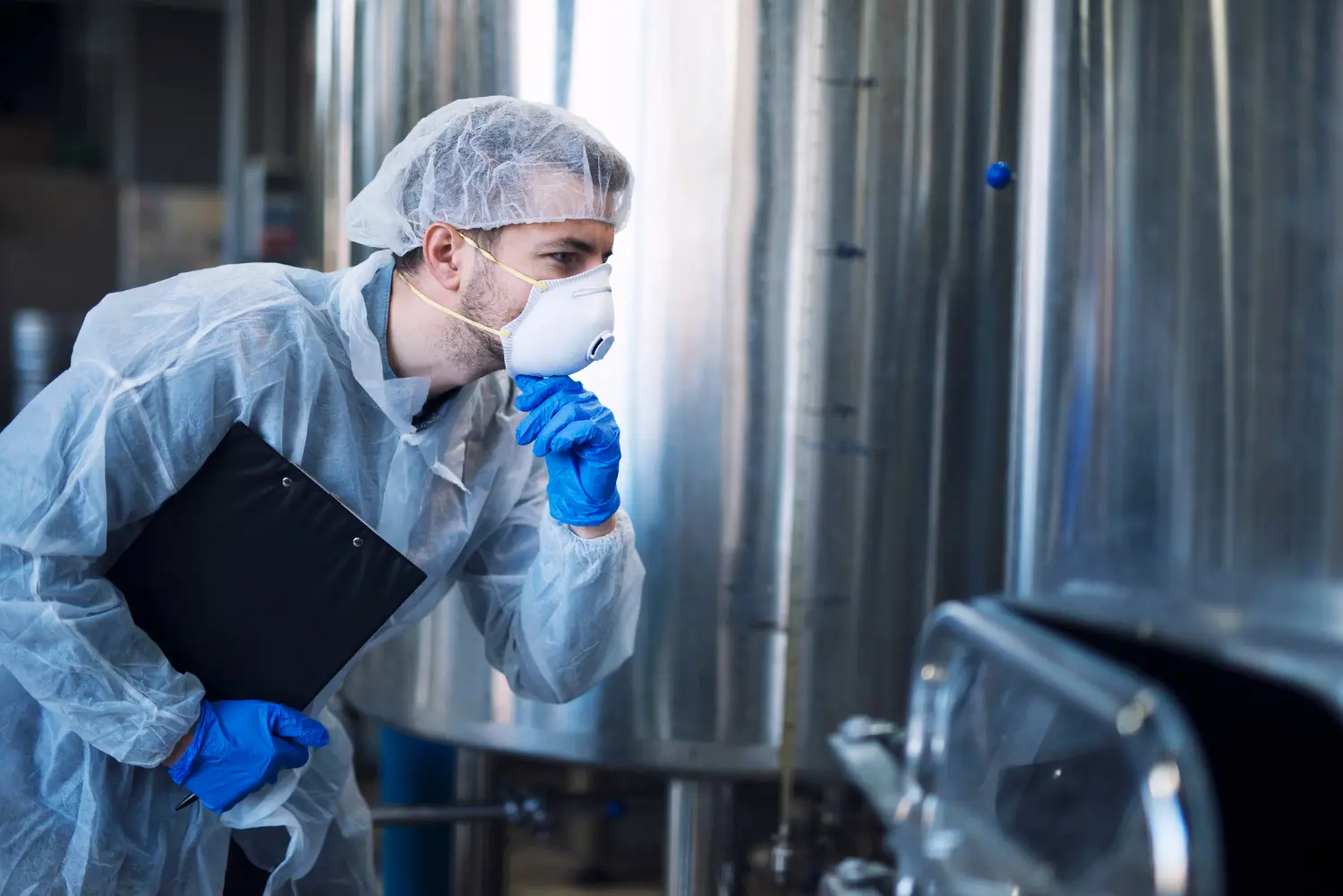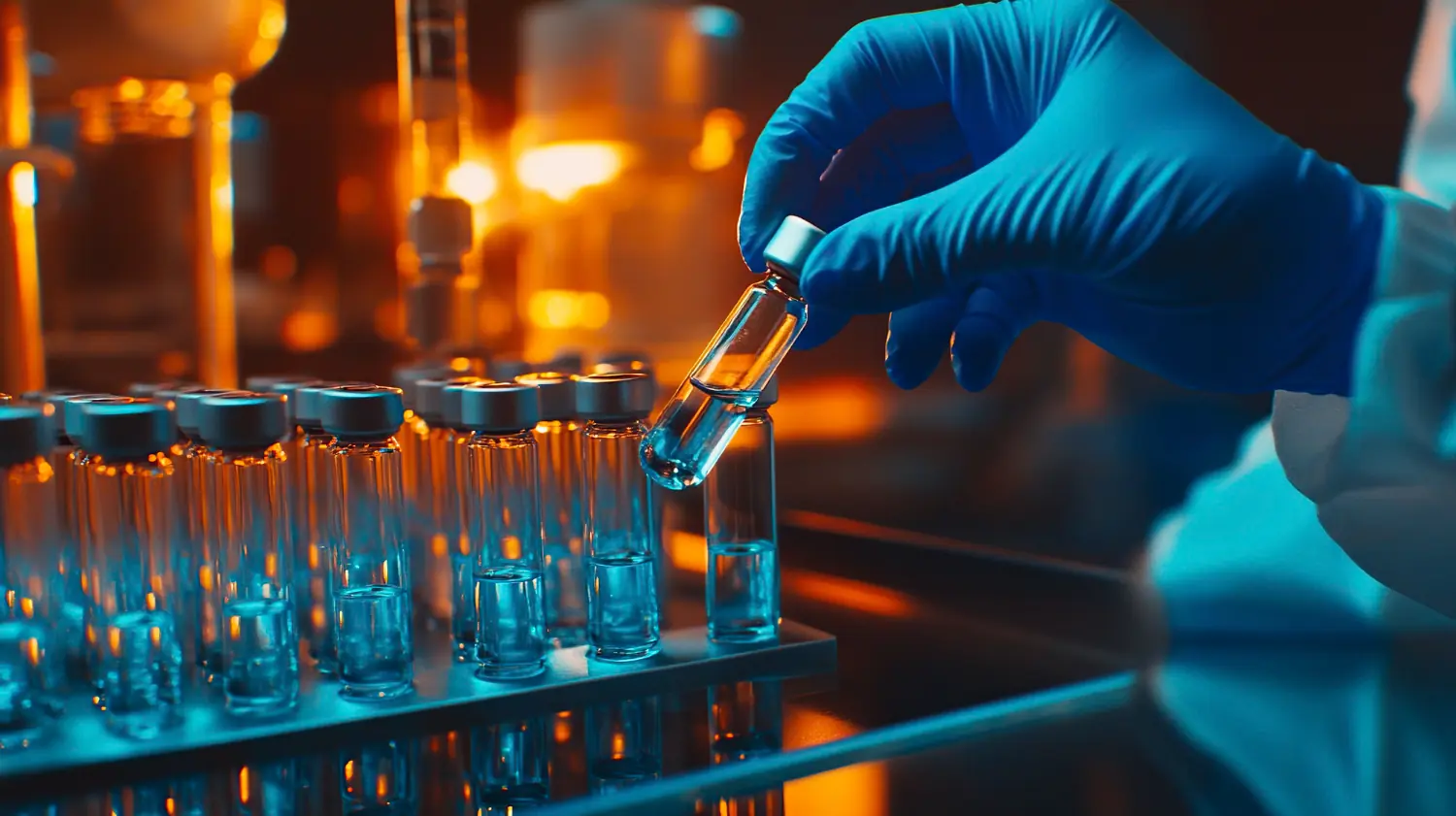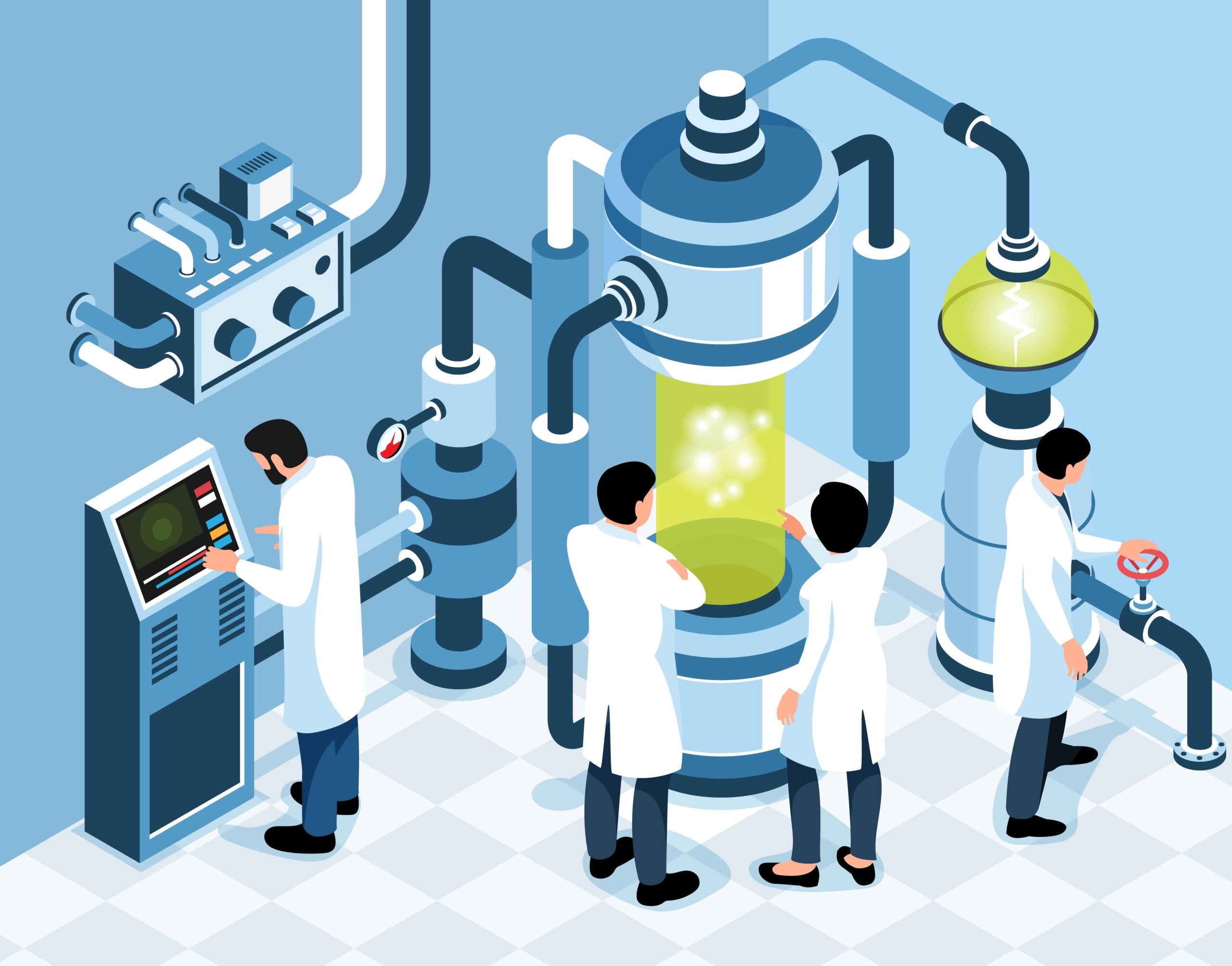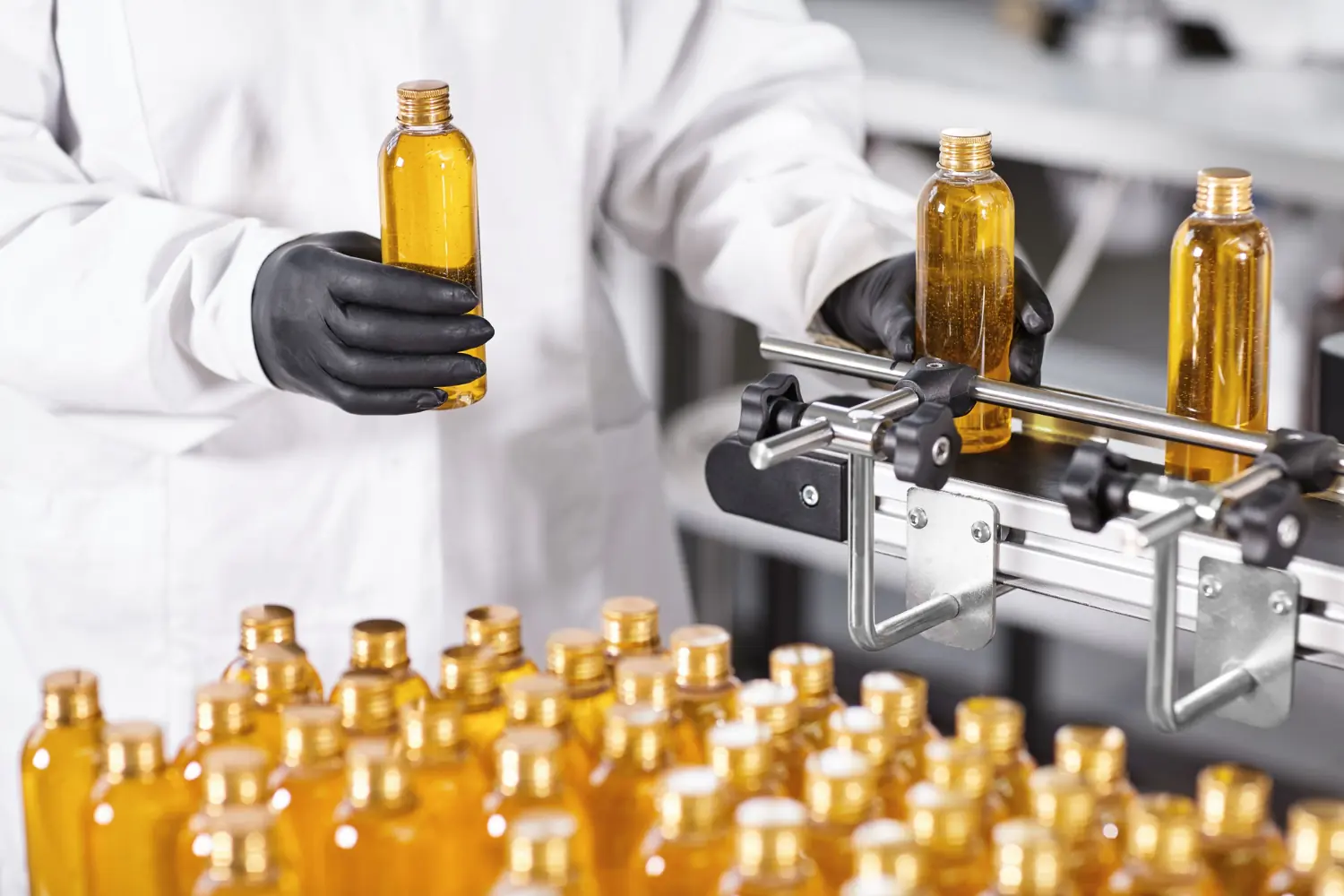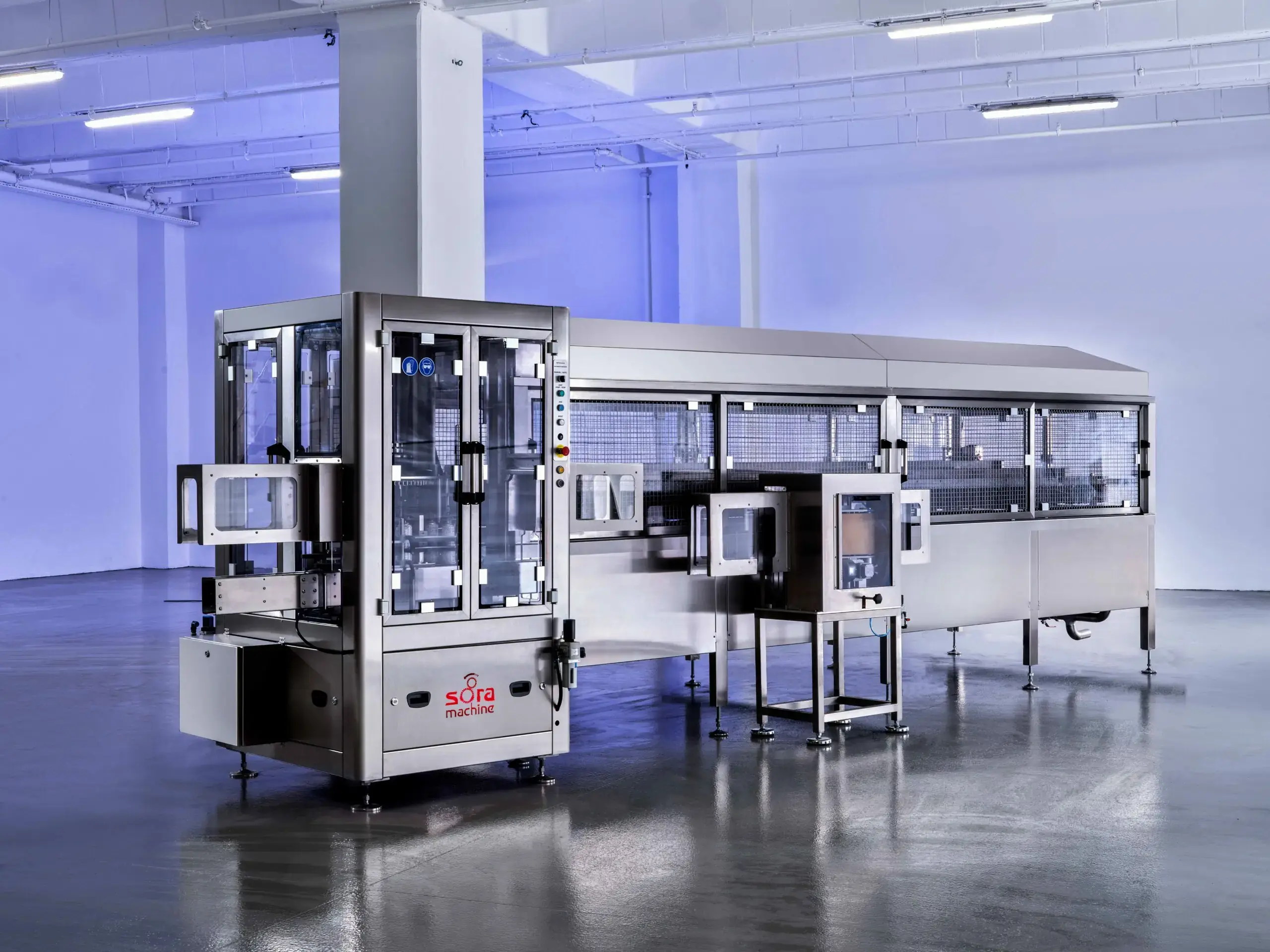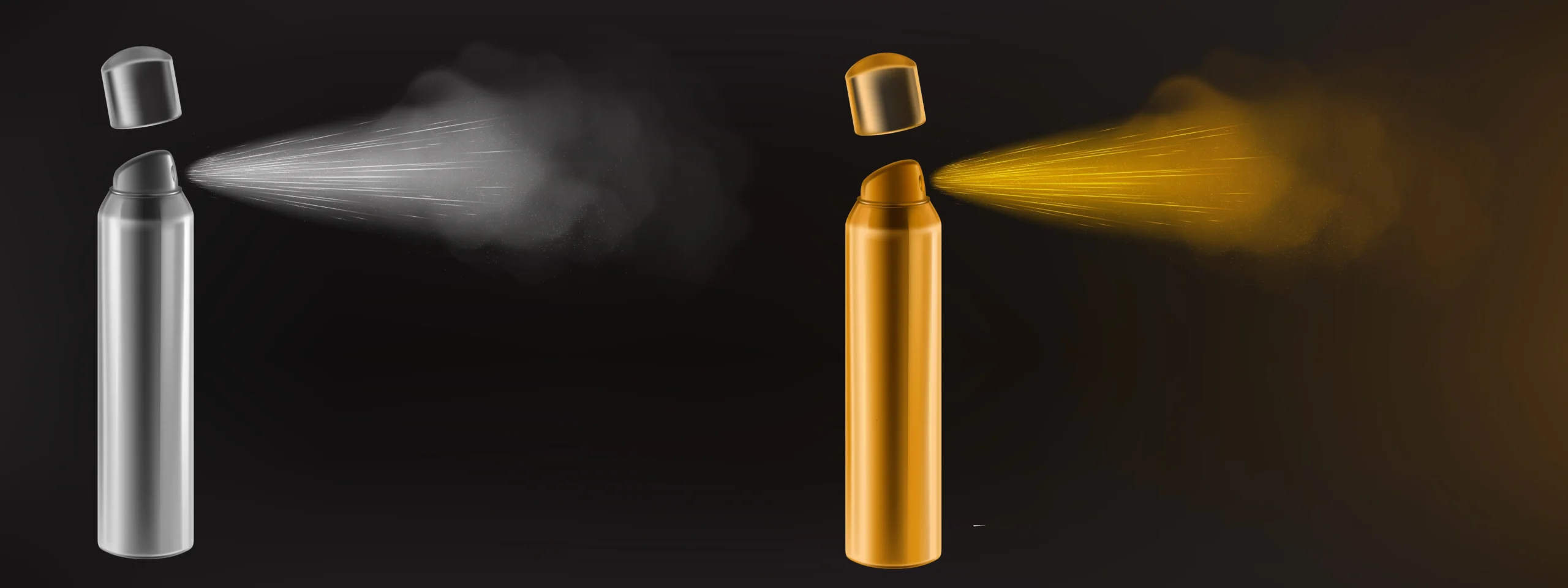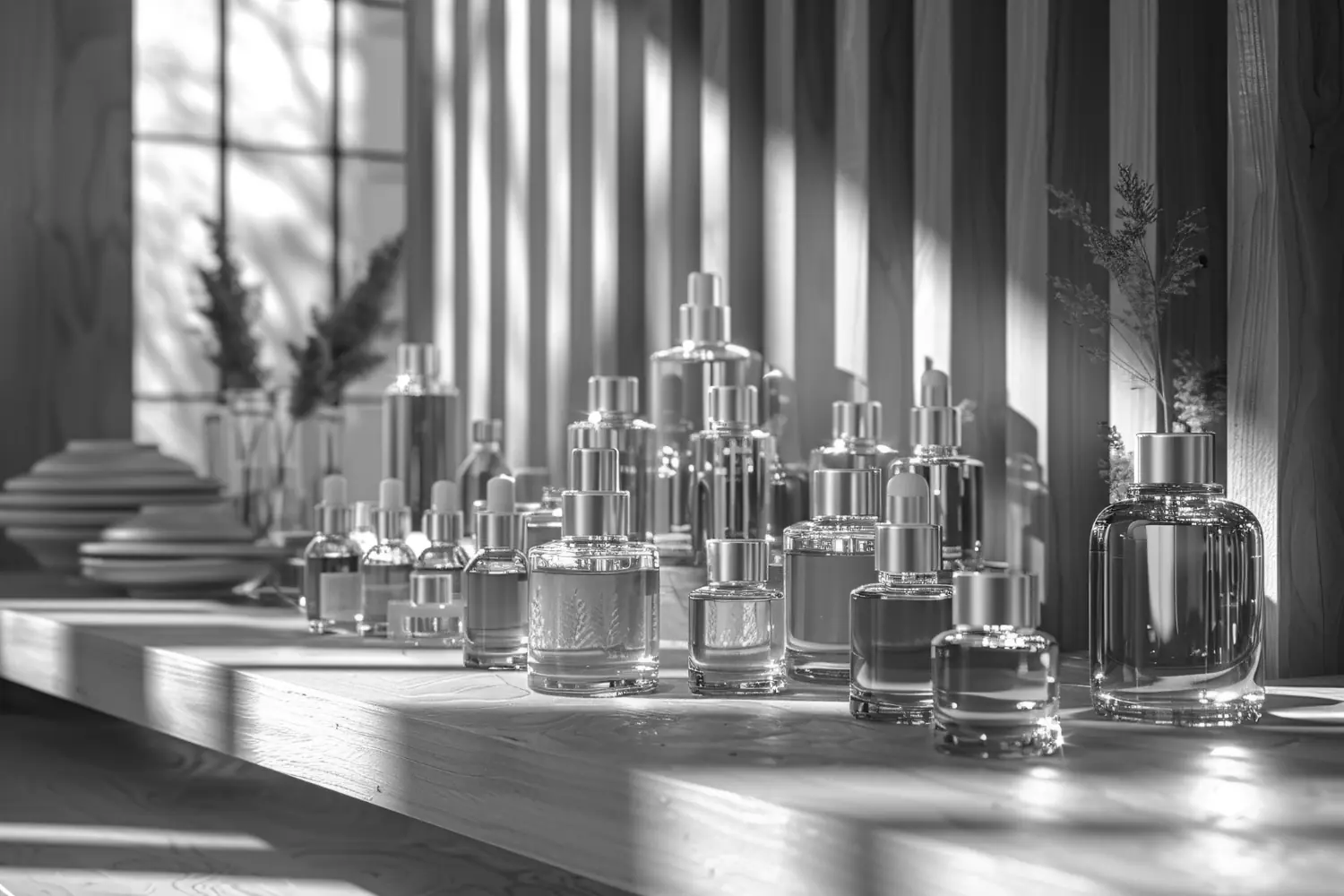When it comes to filling cosmetic products, selecting the right filling machine is crucial for ensuring efficiency, precision, and compliance with industry standards. Whether you’re packaging lotions, serums, creams, or oils, each product type demands a different filling approach. In this comprehensive guide, we’ll discuss how to choose the ideal machine for cosmetic liquid filling based on factors like product type, viscosity, scale of production, and required hygiene standards.
According to Which Product Types Should Cosmetic Liquid Filling Machines Be Chosen?
Choosing the right cosmetic liquid filling machine depends on the type of product being filled. For instance, liquid products like lotions and serums have different characteristics than creams or oils, which affect their filling process.
- Lotions and Serums: These products are typically thinner liquids, and they require filling machines that can handle light viscosities. Filling systems that use piston or peristaltic pumps are ideal for these products as they can precisely measure smaller amounts without overflow.
- Creams and Gels: These tend to be thicker and require machines capable of handling higher viscosities. Machines with vacuum filling technology are often used for creams to ensure the correct amount is dispensed without the risk of air bubbles or spillage.
- Oils and Tinctures: These products are generally more fluid but may require special considerations when dealing with oily substances. Machines designed for gravity filling or net weight filling are more suitable for oils and tinctures as they can handle various viscosities and provide consistent results.
Which Filling Technology is More Suitable Based on Viscosity?
Viscosity plays a crucial role in determining the ideal filling technology. Different machines work better with different viscosities. For low viscosity liquids, a gravity filling system is often the best choice. It’s a cost-effective solution where liquid is filled based on its weight or volume using gravity.
For higher viscosity products like creams or gels, piston filling machines or gear pump fillers are more effective. These machines can move thicker liquids more easily and ensure a consistent fill.
Choosing the right filling system based on the viscosity ensures accurate dispensing and minimizes waste, ensuring that you get the most out of each production cycle.
How to Decide Between Semi-Automatic and Fully Automatic Filling Machines?
The choice between a semi-automatic and a fully automatic filling machine depends on several factors such as production scale, speed, and budget.
- Semi-Automatic Filling Machines: These machines are suitable for smaller-scale production and for manufacturers who need more control over the filling process. Semi-automatic systems are also more cost-effective upfront, making them ideal for businesses that are just starting out or those with low production volumes. Operators usually need to manually insert bottles, but the filling itself is automated.
- Fully Automatic Filling Machines: For larger-scale production, fully automatic filling systems are the way to go. These machines can handle higher volumes and offer greater speed and precision. They are ideal for businesses that need to meet high production quotas while maintaining high-quality standards. They are also better for businesses looking for minimal human intervention and more consistent output.
Which Systems Should Be Preferred for Products Like Cream, Lotion, Serum, and Oil?
Different cosmetic products require specific systems that are tailored to their unique properties. Here’s a breakdown of what works best for each:
- Creams and Gels: These thicker products require filling systems that can handle their density. Piston fillers or vacuum filling systems are typically preferred for these products because they can handle higher viscosities without spilling or wasting product.
- Lotions and Serums: For more liquid products like lotions or serums, peristaltic pumps or gravity fillers are often used. These systems provide accuracy and prevent overflows, ensuring that the correct amount of product is dispensed.
- Oils: Oils are less viscous, but they can be slippery and difficult to handle. A net weight filling machine or a gravity filler is ideal for these products, as it ensures consistency and accuracy in every fill.
Which Features Should Be Look for to Increase Filling Accuracy?
When selecting a cosmetic liquid filling machine, there are several features to consider to improve filling accuracy. Precision control systems are essential for ensuring that each product is dispensed accurately, especially when dealing with high-end or expensive cosmetics.
Some machines come with adjustable fill levels or torque settings that can be calibrated to ensure the right amount of product is dispensed every time. Digital controllers and servo-driven systems also help maintain accuracy across a wide range of product types and viscosities.
Another important feature is the ability to monitor and control speed during the filling process. Consistent speed ensures that every bottle receives the same amount of product, which is crucial for maintaining uniformity in your product line.
Which Machines Stand Out in Terms of Hygiene and GMP Compliance?
In the cosmetic industry, hygiene is paramount. Machines that are GMP-compliant (Good Manufacturing Practice) ensure that all filling and packaging processes meet strict cleanliness and safety standards. Look for filling machines that have been designed with easy-to-clean components, such as stainless steel construction and CIP (Clean-In-Place) systems, which allow for easy sanitization without the need for disassembly.
Additionally, features such as nozzle cleaning systems, anti-drip nozzles, and closed-loop filling systems are essential for maintaining hygiene and preventing contamination during the filling process. These features reduce the risk of bacterial contamination and ensure that your products are safe for consumers.
How is the Filling Machine Selected According to the Type of Cosmetic Packaging?
Cosmetic packaging comes in many forms, and selecting the right filling machine depends largely on the type of container you’re using. Bottles, jars, tubes, and pumps all require specific filling technologies.
- Tubes: For products like lotions or gels that come in tubes, tube filling machines are preferred. These machines are designed to fill, seal, and sometimes crimp the end of the tube to ensure it’s properly closed.
- Bottles and Jars: For products that come in bottles or jars, piston filling machines or gravity filling systems can be used. The choice between these two depends on the viscosity of the product and the volume you wish to fill.
- Airless Pumps: For products like serums or expensive creams, airless pumps are becoming increasingly popular because they prevent air from entering the container, keeping the product fresher for longer.
Which Filling Machines Are Ideal for Small-Scale Production?
If you’re a small business or just starting out in the cosmetic industry, you may want to start with a semi-automatic filling system. These machines are ideal for low-volume production and can be operated with minimal training. Semi-automatic systems also offer flexibility in terms of product types and packaging sizes.
For higher precision and greater flexibility, you might consider a modular filling system. These systems allow you to upgrade components as your business grows, adding new capabilities without needing to replace the entire machine.
How Is the Filling Process Controlled for Products That Foam?
Products that foam, such as lotions or shampoos, require special attention during the filling process. If foam builds up too much during filling, it can affect the accuracy of the fill, and even cause spillage.
To control foam, vacuum filling machines or piston fillers with foam-detection sensors can be used. These systems can detect when foam is present and adjust the filling process to prevent it from overflowing. Foam-reduction nozzles are also commonly used to minimize the amount of foam during filling, ensuring a clean and precise fill every time.
Which Filling System is the Most Efficient from a Long-Term Investment Perspective?
When looking at long-term investments, fully automatic filling systems are typically the best choice for businesses with higher production volumes. While they may require a larger initial investment, they offer efficiency, scalability, and consistency over time, which can help reduce overall production costs.
For smaller businesses or those with more limited production needs, a semi-automatic system or modular filling system may provide the right balance between cost and flexibility. These systems can be upgraded or adjusted as your business grows, offering a longer-term solution that can adapt to your needs.
Choosing the right cosmetic liquid filling machine depends on many factors, including the type of product, packaging, and production scale. Whether you opt for a semi-automatic or fully automatic system, it’s essential to prioritize accuracy, hygiene, and scalability to ensure the success of your production line. With the right machine, your cosmetic products will not only be efficiently filled but also meet industry standards and customer expectations.
